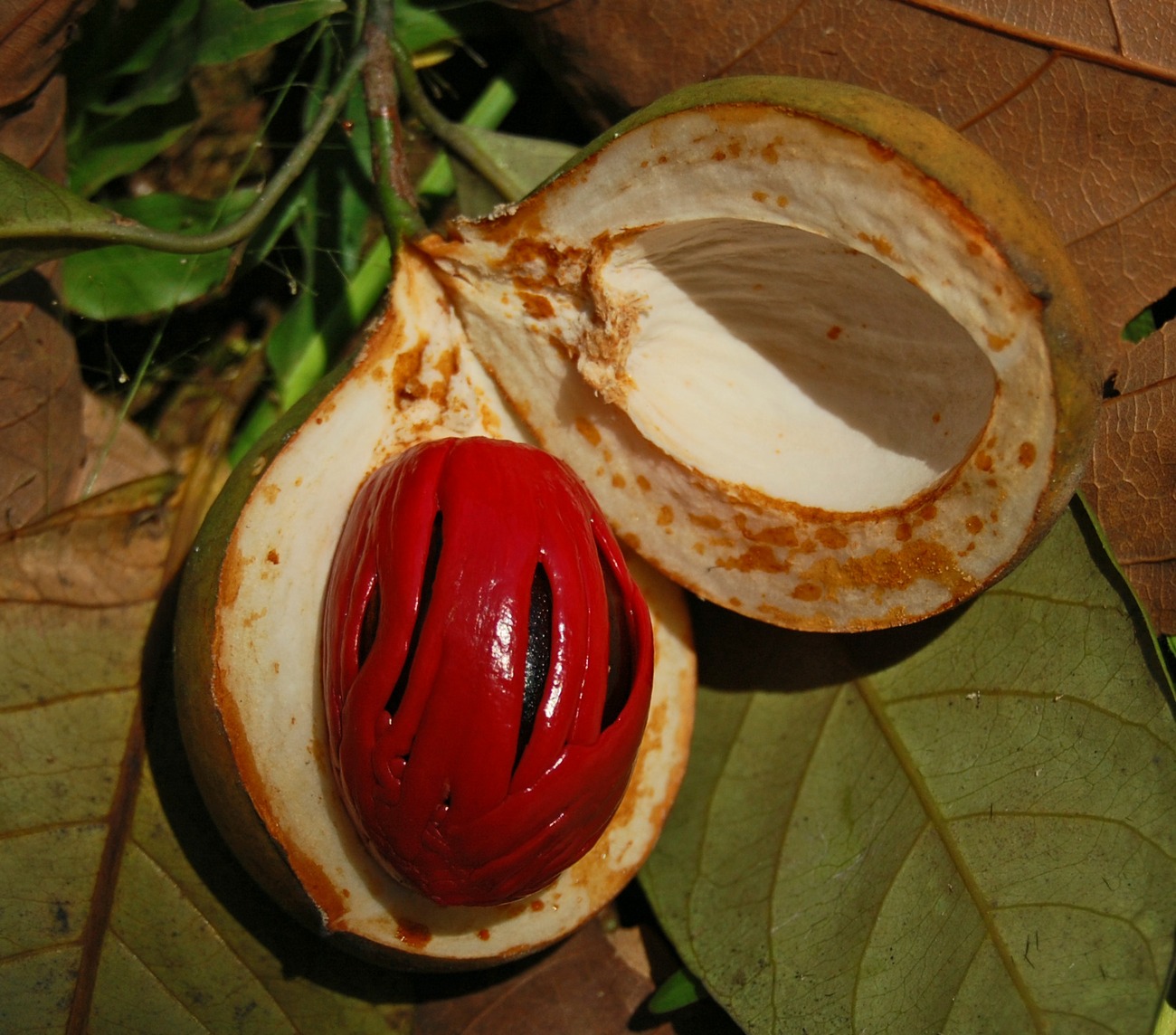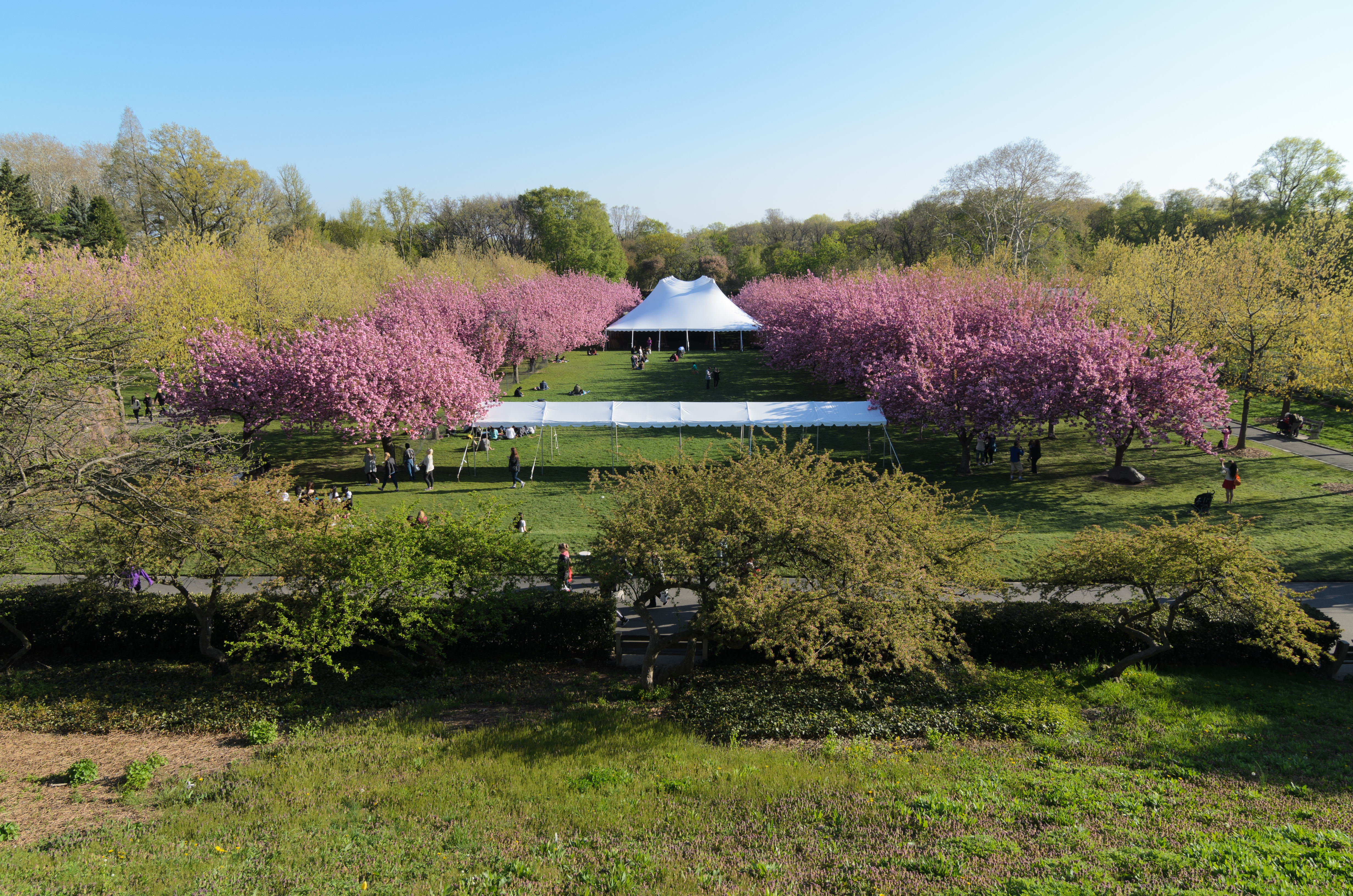|
Botanic Garden, Faculty Of Science, Kanazawa University
The is a botanical garden operated by Kanazawa University. It is located at the university's Kakuma Campus in Kakuma-machi, Kanazawa, Ishikawa, Japan Japan ( ja, 日本, or , and formally , ''Nihonkoku'') is an island country in East Asia. It is situated in the northwest Pacific Ocean, and is bordered on the west by the Sea of Japan, while extending from the Sea of Okhotsk in the north .... The garden was established in 1949, and in 1995 moved to its current location. Its mission is to advance botanical research and education, and to conserve genetic resources. It publishes the "Annual report of Botanic Garden, Faculty of Science, Kanazawa University". See also * List of botanical gardens in Japan References Facilities of the Institute of Nature and Environmental Technology, Kanazawa University Botanical gardens in Japan Gardens in Ishikawa Prefecture Kanazawa University {{Japan-garden-stub ... [...More Info...] [...Related Items...] OR: [Wikipedia] [Google] [Baidu] |
Botanical Garden
A botanical garden or botanic gardenThe terms ''botanic'' and ''botanical'' and ''garden'' or ''gardens'' are used more-or-less interchangeably, although the word ''botanic'' is generally reserved for the earlier, more traditional gardens, and is the more usual term in the United Kingdom. is a garden with a documented collection of living plants for the purpose of scientific research, conservation, display, and education. Typically plants are labelled with their botanical names. It may contain specialist plant collections such as cacti and other succulent plants, herb gardens, plants from particular parts of the world, and so on; there may be greenhouses, shadehouses, again with special collections such as tropical plants, alpine plants, or other exotic plants. Most are at least partly open to the public, and may offer guided tours, educational displays, art exhibitions, book rooms, open-air theatrical and musical performances, and other entertainment. Botanical garde ... [...More Info...] [...Related Items...] OR: [Wikipedia] [Google] [Baidu] |
Kanazawa University
Kanazawa University ( ja, 金沢大学, Kanazawa Daigaku, abbreviated to ja, 金大, Kindai) is a Japanese national university in the city of Kanazawa, the capital of Ishikawa Prefecture. Founded in 1862, it was chartered as a university in 1949. Kanazawa University is divided into two main campuses: Kakuma and Takaramachi. University enrollment is about 10,100 students, including 636 international students in 2021. History The university was founded in 1862 as an institution for smallpox vaccination (種痘 所, Shutō-sho ) called which was established by the Kaga Domain. In 1876 it became a medical school from Ishikawa Prefecture. In 1887 it became the Medical Faculty of the State Fourth Higher Middle School (第四 高等 中 学校 医学 部, Dai-shi kōtō chūgakkō igakubu ) and then in 1894 to the Medical Faculty of the State Fourth High School (第四 高等学校 医学 部, Dai-shi kōtō gakkō igakubu ). In 1901 it developed into the Kanazawa Medical Coll ... [...More Info...] [...Related Items...] OR: [Wikipedia] [Google] [Baidu] |
Kanazawa, Ishikawa
is the capital city of Ishikawa Prefecture, Japan. , the city had an estimated population of 466,029 in 203,271 households, and a population density of 990 persons per km2. The total area of the city was . Overview Cityscape File:もてなしドーム3.jpg, Kanazawa Station(2013) File:Omichoichibakan004.jpg, Ōmichō-Market(Ōmichō-Ichiba)(2013) File:Kanazawa view from Utatsuyama Park.jpg, Skyline of Kanazawa City(2017) File:Cityscape at downtown Kanazawa.jpg, Central Business District, CBD of Kanazawa File:Katamachi Crossing.jpg, Downtown of Katamachi Area (2022) Geography Kanazawa is located in north-western Ishikawa Prefecture in the Hokuriku region of Japan and is bordered by the Sea of Japan to the west and Toyama Prefecture to the east. The city sits between the Sai River (Ishikawa), Sai and Asano river, Asano rivers. The eastern portion of the city is dominated by the Japanese Alps. Parts of the city are within the borders of the Hakusan National ... [...More Info...] [...Related Items...] OR: [Wikipedia] [Google] [Baidu] |
Japan
Japan ( ja, 日本, or , and formally , ''Nihonkoku'') is an island country in East Asia. It is situated in the northwest Pacific Ocean, and is bordered on the west by the Sea of Japan, while extending from the Sea of Okhotsk in the north toward the East China Sea, Philippine Sea, and Taiwan in the south. Japan is a part of the Ring of Fire, and spans an archipelago of 6852 islands covering ; the five main islands are Hokkaido, Honshu (the "mainland"), Shikoku, Kyushu, and Okinawa. Tokyo is the nation's capital and largest city, followed by Yokohama, Osaka, Nagoya, Sapporo, Fukuoka, Kobe, and Kyoto. Japan is the eleventh most populous country in the world, as well as one of the most densely populated and urbanized. About three-fourths of the country's terrain is mountainous, concentrating its population of 123.2 million on narrow coastal plains. Japan is divided into 47 administrative prefectures and eight traditional regions. The Greater Tokyo Ar ... [...More Info...] [...Related Items...] OR: [Wikipedia] [Google] [Baidu] |
Genetic Resources
Genetic resources are genetic material of actual or potential value, where genetic material means any material of plant, animal, microbial or other origin containing functional units of heredity. Genetic resources is one of the three levels of biodiversity defined by the Convention on Biological Diversity in Rio, 1992. Examples * Animal genetic resources for food and agriculture * Forest genetic resources * Germplasm, genetic resources that are preserved for various purposes such as breeding, preservation, and research *Plant genetic resources See also *Cryoconservation of animal genetic resources, a strategy to preserve genetic resources cryogenically *Commission on Genetic Resources for Food and Agriculture, the only permanent intergovernmental body that addresses biological diversity for food and agriculture *International Treaty on Plant Genetic Resources for Food and Agriculture, an international agreement to promote sustainable use of the world's plant genetic resources ... [...More Info...] [...Related Items...] OR: [Wikipedia] [Google] [Baidu] |
List Of Botanical Gardens In Japan
This list of botanical gardens in Japan is intended to include all significant botanical gardens and arboretums in Japan. * Akatsuka Botanical Garden (Itabashi, Tokyo) * Aloha Garden Tateyama (Tateyama, Chiba) * Amami Islands Botanical Garden (Amami, Kagoshima) * Aoshima Subtropical Botanical Garden (Miyazaki, Miyazaki) * Aritaki Arboretum (Koshigaya, Saitama) * Atagawa Tropical & Alligator Garden ( Kamo, Shizuoka) * Botanic Garden, Faculty of Science, Kanazawa University (Kanazawa, Ishikawa) * Botanical Garden of Tohoku University (Sendai, Miyagi) * Botanic Gardens of Toyama (Toyama, Toyama) * Botanical Gardens Faculty of Science Osaka City University ( Katano, Osaka) * Enoshima Tropical Plants Garden (Fujisawa, Kanagawa) * Experimental Station for Landscape Plants ( Chiba, Chiba) * Fuji Bamboo Garden (Nagaizumi, Shizuoka) * Fukuoka Municipal Zoo and Botanical Garden (Fukuoka, Fukuoka) * Futagami Manyo Botanical Gardens (Takaoka, Toyama) * Hakone Botanical Garden of W ... [...More Info...] [...Related Items...] OR: [Wikipedia] [Google] [Baidu] |
Botanical Gardens In Japan
Botany, also called plant science (or plant sciences), plant biology or phytology, is the science of plant life and a branch of biology. A botanist, plant scientist or phytologist is a scientist who specialises in this field. The term "botany" comes from the Ancient Greek word (') meaning "pasture", "herbs" "grass", or "fodder"; is in turn derived from (), "to feed" or "to graze". Traditionally, botany has also included the study of fungi and algae by mycologists and phycologists respectively, with the study of these three groups of organisms remaining within the sphere of interest of the International Botanical Congress. Nowadays, botanists (in the strict sense) study approximately 410,000 species of land plants of which some 391,000 species are vascular plants (including approximately 369,000 species of flowering plants), and approximately 20,000 are bryophytes. Botany originated in prehistory as herbalism with the efforts of early humans to identify – and later culti ... [...More Info...] [...Related Items...] OR: [Wikipedia] [Google] [Baidu] |
Gardens In Ishikawa Prefecture
A garden is a planned space, usually outdoors, set aside for the cultivation, display, and enjoyment of plants and other forms of nature. The single feature identifying even the wildest wild garden is ''control''. The garden can incorporate both natural and artificial materials. Gardens often have design features including statuary, follies, pergolas, trellises, stumperies, dry creek beds, and water features such as fountains, ponds (with or without fish), waterfalls or creeks. Some gardens are for ornamental purposes only, while others also produce food crops, sometimes in separate areas, or sometimes intermixed with the ornamental plants. Food-producing gardens are distinguished from farms by their smaller scale, more labor-intensive methods, and their purpose (enjoyment of a hobby or self-sustenance rather than producing for sale, as in a market garden). Flower gardens combine plants of different heights, colors, textures, and fragrances to create interest and del ... [...More Info...] [...Related Items...] OR: [Wikipedia] [Google] [Baidu] |



